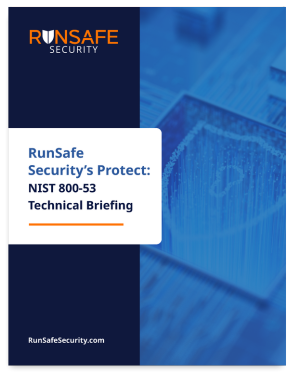RunSafe Security’s Protect: NIST 800-53 Technical Briefing
Protect your business from the most dangerous threats to software today.
In this white paper, you will learn about:
- What NIST 800-53 is and its purpose
- How RunSafe Protect supports NIST 800-53 compliance by hardening software at runtime
- An overview of the NIST 800-53 controls that Protect applies to
- An example control response
Addressing NIST 800-53
The Department of Defense’s Cyber Risk Management Framework (RMF) is meant to ensure that deployed mission capability is able to perform the mission, without malicious cyber interference in the workings of the system.
A program’s objective is to achieve authority to operate (ATO) at the lowest possible cost with the lowest possible time delay, because safe cyber operation isn’t the mission objective, but instead a mission requirement.


NIST 800-53 Compliance
Systems running firmware, apps, and OS protected by RunSafe Security’s Protect solution are better able to document their compliance with RMF (DoDI 8510.01) which incorporates NIST 800-53. Consequently, programs accelerate time to ATO at lower cost.
Read the white paper to learn about the controls that are addressed by Protect.
